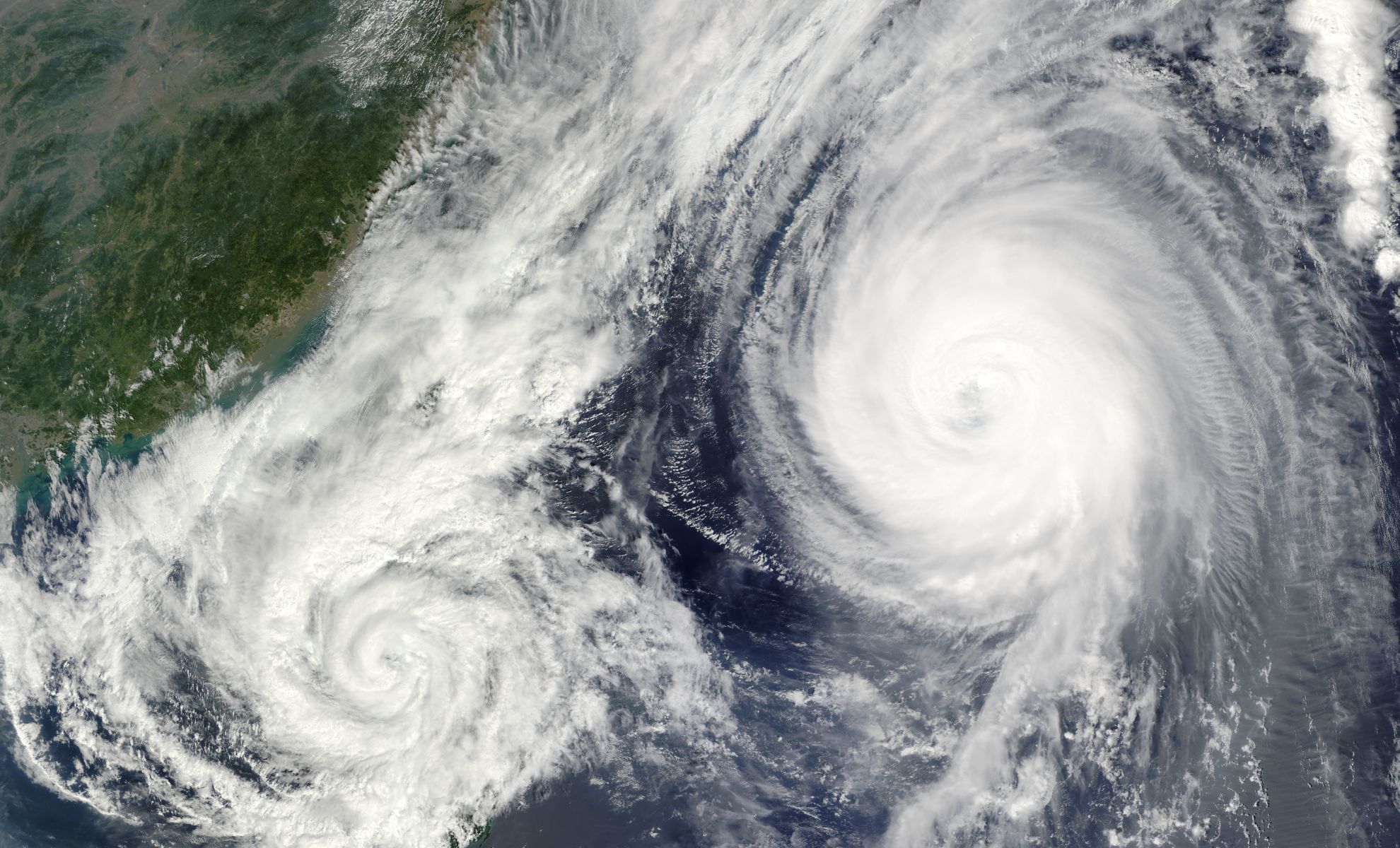
Towards a new climate disturbance with the emergence of the La Nina phenomenon instead of El Niño?
El Niño is an atmospheric and ocean phenomenon that occurs periodically for 10 to 12 years in the Pacific Ocean. It is on track to become one of the five most intense weather events ever recorded, according to the report on the evolution of this phenomenon, issued by the Climatic Prediction Center (CPC) of the National Oceanic and Atmospheric Administration (NOAA).
Scientists say that this phenomenon has reached its cruising strength in 2023 and will have to weaken until it reaches neutrality in the fall of 2024. They point out that the El Niño phenomenon is still, as it is, very active and intense over the tropical Pacific Ocean, but it has reached its maximum extent. After 6 months of continuous condensation and it will soon start to weaken. The slowdown in El Niño activity will give way to other phenomena that are still in the speculative stage, according to many weather models.
In its latest update on the phenomenon, the National Oceanic and Atmospheric Administration says that all El Niño monitoring areas recorded temperatures well above average sea surface temperatures (SST) over the past week. It is useful to point out that these temperature changes vary from one region to another and from one period to another. This explains the change in the phenomenon over the months, and most importantly, it changes in appearance.
The effect of the end of the El Niño phenomenon on the weather
However, scientists who have analyzed weather data say that El Niño will not be as intense as it was before. Temperatures even show a slight downward trend. Therefore, this phenomenon will not lead to a super El Niño phenomenon. It will remain in the records for being among the top 5 strongest El Nino events, between the events of 1972/73 (+2.1°C), 1982/83 (+2.2°C), 1997/98 (+2.4°C) and 1997/98 (+2.4°C). ) 2015/16 (+2.6°C), according to NOAA figures.
In the near future, scientists expect above-average temperatures at least through February, March and April 2024 in the tropical Pacific. Only after these three months will this phenomenon begin to move into the neutral phase of the phenomenon.
Therefore, NOAA expects a higher probability of a neutral phase of El Niño in the months of April, May and June 2024. The probability of a neutral phase decreases in the following quarters, while the probability of La Niña increases (44%). ) to become approximately equal to the probability of the neutral phase for the July, August and September quarters.
In conclusion, meteorologists indicate that there is a possibility of the formation of another phenomenon, called “La Nina”, next year. However, it is still too early to say with certainty whether El Niño will replace El Niño. Looking back, this possibility exists, as there have been cases where La Niña formed immediately after a strong El Niño.

“Unapologetic pop culture trailblazer. Freelance troublemaker. Food guru. Alcohol fanatic. Gamer. Explorer. Thinker.”

